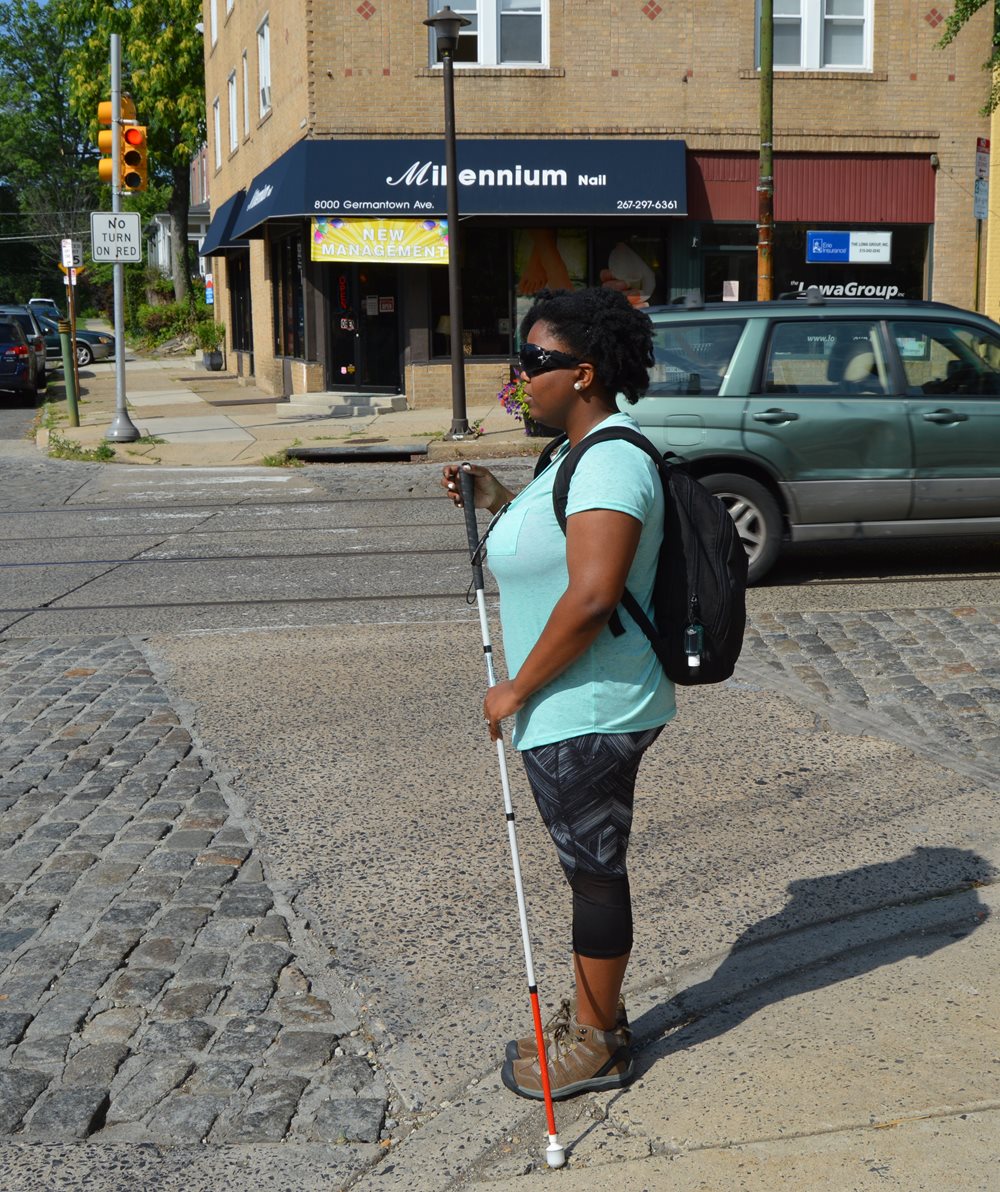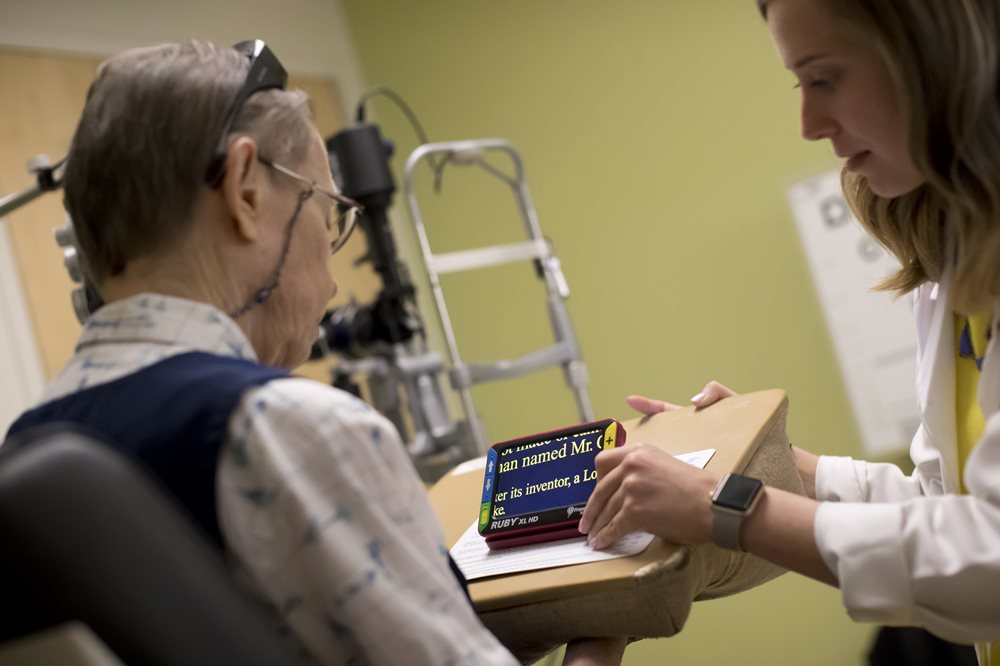Vision Impairment and Blindness
 According to the Centers for Disease Control and Prevention (CDC), approximately 12 million people 40 years and over in the United States have vision impairment, including 1 million who are blind, 3 million who have vision impairment after correction, and 8 million who have vision impairment due to an uncorrected refractive error.
According to the Centers for Disease Control and Prevention (CDC), approximately 12 million people 40 years and over in the United States have vision impairment, including 1 million who are blind, 3 million who have vision impairment after correction, and 8 million who have vision impairment due to an uncorrected refractive error.
The leading causes of blindness and low vision in the United States are primarily age-related eye diseases such as age-related macular degeneration, cataracts, diabetic retinopathy, and glaucoma. The World Health Organization (WHO) estimates that 80% of visual impairment is either preventable or curable with treatment.
Most people think of blindness as a person who can’t see. But blindness is more complex as there are many different types of blindness and visual impairment.
Some blind people truly see nothing, while others see light, shadows or objects that are close by. Vision loss can start at birth or gradually decline. Blindness can stem from a problem with the eye itself or be caused by a disorder in the brain.
Many people with significant visual impairment benefit from vision rehabilitation, changes in their environment, and assistive devices.
TIPS FOR MAINTAINING EYE HEALTH
 Control Your Blood Pressure
Control Your Blood Pressure
- Controlling your blood pressure is not just a good idea for your heart. It is also a good idea for protecting your eyesight. High blood pressure can increase your risk for glaucoma. It may also increase your risk for diabetic retinopathy if you have diabetes.
Watch your sugar
- Diabetics are 25 times more likely to develop blindness or visual impairment than non-diabetics.
Wash your hands
- We don’t realize how many times we touch our face and eyes each day, especially if we wear contacts; washing your hands prevents the spread of bacteria and germs which can lead to pink-eye, colds, and other ailments.
Wear sunglasses
- Protect your eyes from harmful ultraviolet (UV) rays by wearing sunglasses with UVA and UVB protection.
Monitor device time
- To avoid eye strain from time in front of your electronic devices, take frequent breaks to focus on a far-away object; adjust brightness, and use soothing eye drops, as needed.
Get checked out
- Many eye disorders could be easily treated or even prevented through early detection. Schedule a comprehensive dilated eye exam - make an appointment with your eye doctor today.
 The Eye Institute (TEI) offers a variety of comprehensive eye care services to help patients maintain their visual health including eye exams, prescription glasses and contact lens fittings, low vision services, protective eyewear solutions, and vision therapy.
The Eye Institute (TEI) offers a variety of comprehensive eye care services to help patients maintain their visual health including eye exams, prescription glasses and contact lens fittings, low vision services, protective eyewear solutions, and vision therapy.
The William Feinbloom Vision Rehabilitation Center, located within The Eye Institute’s Oak Lane facility, provides low vision and rehabilitative services to patients with vision impairments in order to maximize their remaining eyesight. Services provided at the Feinbloom Center include, comprehensive low vision evaluations for adults and children, prescription and dispensing of low vision devices and adaptive equipment, rehabilitative training in the use of remaining vision, adaptive technology evaluations, and referrals to agencies that offer assistance in obtaining adaptive equipment and rehabilitative services.
To schedule an appointment at The Eye Institute or with a low vision specialist call 215.276.6111.